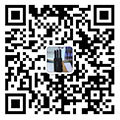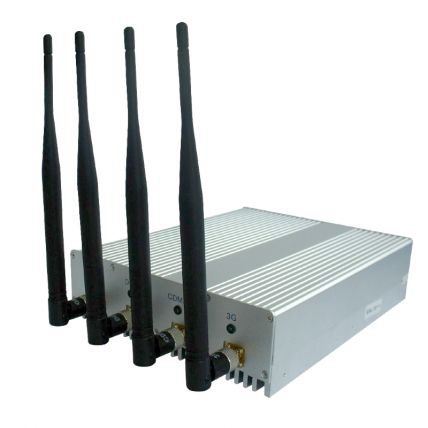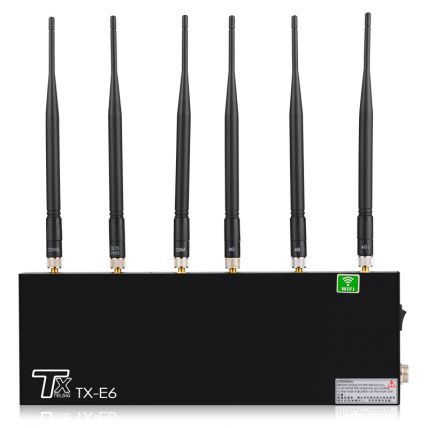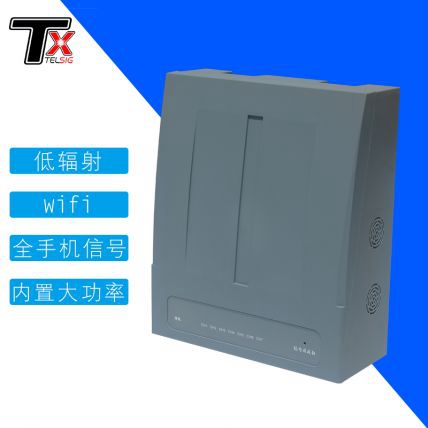One minute variable signal amplifier for a can
2018-07-05 15:27:20
Before the experiment starts, we first need to make a WiFi signal amplifier.
Experimental tools: an aluminum tin can, a pair of scissors, a wireless router, a mobile phone with a WiFi signal (pre installation of a WiFi signal testing software), a laptop with a wireless network.
Step one: choose aluminum cans, rinse the cans and remove the buckle on the cans.
Step two: use the scissors to cut off the bottom of the tank (as shown). Note: the aluminum foil is very sharp, easy to hurt the hands, and must be careful when operating.
Step three: cut the top of the tank again, and keep the pot about 2cm away from the drinking water outlet.
Step four: then cut the tank into two halves along the right side of the tank, and expand the aluminum skin into a fan shape.
Step five: finally, the aluminum can stand upside down and pass through the tank mouth with antenna, so a simple WiFi signal amplifier is made.
Before the experiment started, the reporter first downloaded a WiFi signal test software into the mobile phone as a test instrument, then the reporter began the experiment. Here we need to explain that the larger the percentage of the tester, the stronger the WiFi signal.
Through experiments, we found that although the WiFi amplifier made of pop can has some effect, it does not increase the signal effect in practical operation.
Wang Lei, a teacher of information management at Anhui Agriculture University, has been engaged in the research of network technology for many years. He explained: "the inner surface of a can can reflect radio waves and enhance the ability of the antenna to transmit and receive signals. However, this enhancement is directed enhancement rather than amplification, that is, to reflect the back signal to the open direction of the fan, thereby enhancing the signal in front of the open, but the back signal attenuates. This is the same principle that many people use remote cans to make antennas and receive television signals in remote areas.
However, Mr. Wang Lei also said that in fact, the "artifact" made of a can can not be called "signal amplifier" in strict sense, but the most only part of the signal enhancement, the role should not be very obvious. If everyone really needs the WiFi signal amplifier, Wang Lei recommends that there are two ways to achieve it, buy a router with a three antenna or install a router in a room that can receive a router signal. "If your home is a big house, I suggest using a power cat launcher to install a power cat in every room, and all the wireless signals can be done on the net."
Zhang Mengyi, star star reporter of the morning newspaper
An intern pigeon / morning newspaper reporter Zhuo Zhuo / photo
Experiment 1
The test distance of 2.5 meters is increased by 20%
In the bedroom, a laptop with a wireless network is opened with an aluminum can and the same wireless router in the bedroom, close to the laptop, about 2.5 meters away from the router, and the test software shows the WiFi signal intensity between 73%-88%.
After obtaining the data of normal state, the reporter set up the WiFi signal amplifier made of the cans just now on the antenna of the wireless router. When the handset approaches the laptop again, the WiFi signal intensity changes between 93%-97%.
The experimental conclusion is that the WiFi amplifier can play a certain role in signal enhancement.
Experiment two
The test distance of 7.5 meters is still enhanced by at least 20%
The reporter then came to the living room, which was about 7.5 meters away from the wireless router and separated by two walls. At this time, the WiFi signal intensity changed between 8% and 24%. It can be seen that with the increase of distance and the blocking of walls, the signal intensity of WiFi is also weakening.
Similarly, the reporter set up our own WiFi signal amplifier on the antenna of the wireless router. When the handset approaches the laptop again, the WiFi signal intensity changes between 31% and 51%.
The experimental conclusion is that the WiFi amplifier can still enhance signal enhancement when the test distance is increased and two walls are separated.
Experiment three
The test distance is 2.5 meters, the pop can's direction is weak, the computer signal is weak.
The reporter also tries to adjust the direction of the open WiFi signal amplifier. When the open direction is facing the laptop, the signal intensity is 97%, the signal is enhanced, and when the open direction is back to the laptop, the signal intensity is 71%-77%, and the signal is obviously weakened.
Experimental conclusion: the open direction of the pop can amplifier is also related to the signal strength. When exposing the laptop to the laptop, the signal is obviously weakened.
Recommended Products










